BSEG vs. ACDOCA: Understanding the Key Differences
When navigating the complexities of SAP S/4HANA, understanding the distinction between the BSEG and ACDOCA tables is crucial for anyone involved in financial data management. Both tables play integral roles but serve different purposes and are structured uniquely to support various financial operations. This article provides a comprehensive breakdown of the BSEG and ACDOCA tables, helping you grasp their functionalities, differences, and the scenarios in which each table is used.

What is the BSEG Table?
The BSEG table, known as the Accounting Document Segment, is traditional in SAP ERP systems. It records detailed line item information for every financial transaction. Key attributes of BSEG include its ability to store exhaustive transaction details such as amount, tax information, and company codes. However, BSEG’s structure, being a cluster table with a vast number of fields, makes it less optimized for performance but excellent for detailed audits and legal reporting.
What is the ACDOCA Table?
Introduced with SAP S/4HANA, the ACDOCA table, often referred to as the Universal Journal, represents a significant evolution in handling financial information. ACDOCA consolidates data that was traditionally scattered across multiple tables into a single source of truth. This table includes fields from general ledger (GL), controlling, asset accounting, material ledger, and more, significantly reducing data redundancy and enhancing real-time data processing capabilities.
Comparing BSEG and ACDOCA
Data Structure and Efficiency
- BSEG: Maintains a complex and extensive data structure suitable for detailed transactional records. Its design supports a high level of granularity required for compliance and detailed financial reporting.
- ACDOCA: Features a streamlined, less redundant structure that improves data retrieval speeds and supports real-time analytics, making it ideal for operational reporting and fast-paced decision-making.
Functional Applications
- BSEG: Primarily used for legal and detailed financial reporting where every line item detail is necessary. It remains relevant in scenarios where historical data integrity and detailed audits are paramount.
- ACDOCA: Serves as the backbone for all financial applications in SAP S/4HANA, from financial planning and analysis to period-end closing activities. Its comprehensive nature allows for broader, more strategic financial reporting and analysis.
Impact of SAP S/4HANA Migration
- Migrating to SAP S/4HANA significantly impacts how data is managed, with a strong emphasis on utilizing ACDOCA for most new financial applications. However, BSEG continues to be essential for detailed, legal reporting needs and situations where legacy data handling practices are in place.
Future Outlook
- With ongoing advancements in SAP S/4HANA, the reliance on ACDOCA is expected to increase, supporting more dynamic and integrated financial reporting frameworks. Meanwhile, BSEG’s role, while still crucial, may become more specialized to specific auditing and compliance requirements.
Conclusion
The choice between BSEG and ACDOCA depends largely on the specific needs of an organization’s financial reporting and compliance requirements. Understanding these tables and their applications not only clarifies current data handling practices but also aids in strategizing for future SAP S/4HANA implementations. By familiarizing yourself with BSEG and ACDOCA, you can leverage the full potential of SAP’s financial capabilities, ensuring both compliance and efficiency in financial processes.
You may also learn about How to Join BSEG and BKPF Tables in SAP?

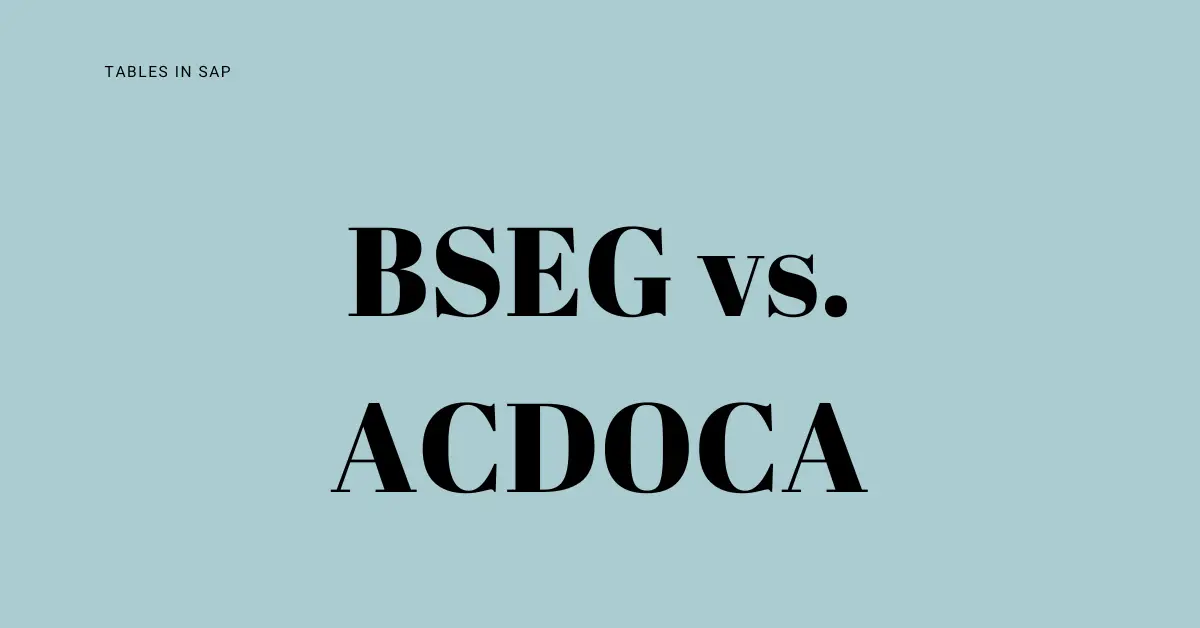

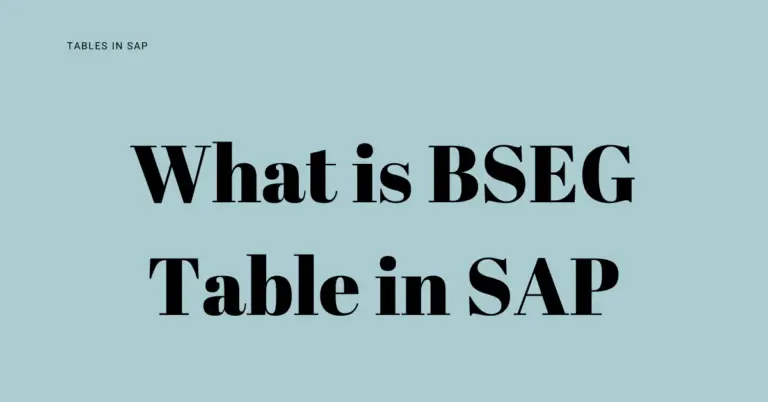
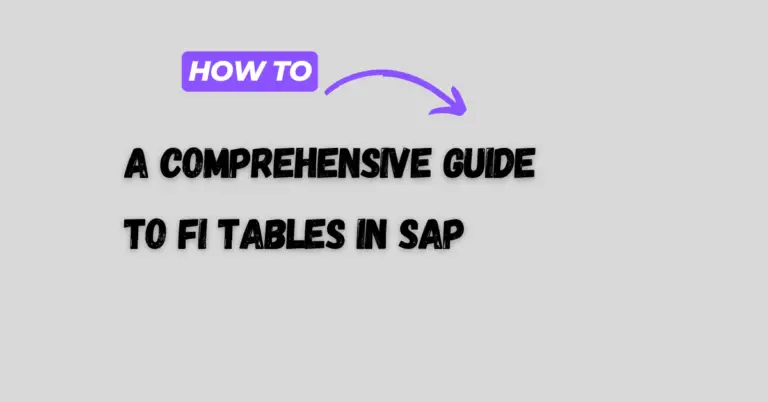
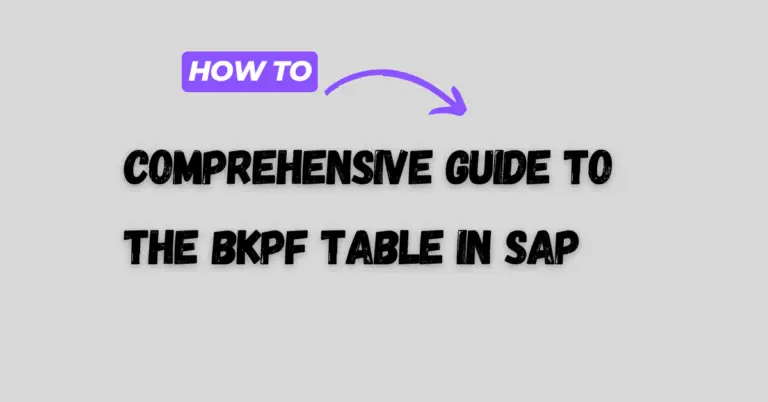
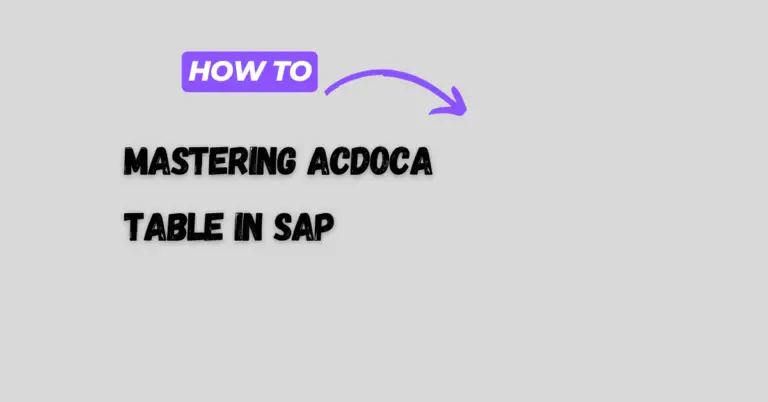

One Comment
Comments are closed.